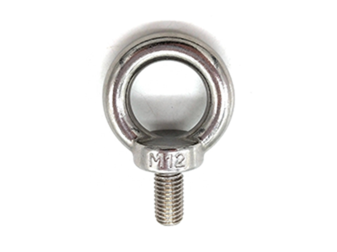Lis . 26, 2024 01:08 Back to list
Essential Gear and Equipment for Effective Rigging Operations
The Essentials of Rigging and Hardware Ensuring Safety and Efficiency in Projects
Rigging and hardware are critical components in various industries, especially in construction, entertainment, and manufacturing. They encompass a wide array of equipment and techniques designed to lift, move, and support heavy loads safely and efficiently. Understanding the principles of rigging and the selection of appropriate hardware is essential for ensuring not only the successful completion of a project but also the safety of all personnel involved.
Understanding Rigging
Rigging refers to the process of using ropes, chains, and hoists to lift and move objects. It is an integral part of loading, unloading, and transporting heavy materials in complex settings. Skilled riggers assess the load, the environment, and the equipment available to determine the safest and most effective way to perform a lifting operation. The primary goal of rigging is to ensure that loads are moved securely without risk to the operators or bystanders.
Rigging can involve various techniques, including the use of slings, rigging blocks, shackles, and various lifting equipment. Each method has its own set of regulations and best practices that must be followed meticulously to ensure safety. For instance, the Working Load Limit (WLL) is a crucial concept; it indicates the maximum weight that a specific rigging component can safely handle. Exceeding this limit can lead to catastrophic failures and accidents.
Selecting the Right Hardware
The hardware used in conjunction with rigging is equally important. It includes items such as hooks, winches, and pulleys, which must all be chosen based on the specific requirements of the task at hand. Factors to consider when selecting hardware include the material strength, corrosion resistance, and compatibility with other rigging components.
riggingandhardware

One of the most critical pieces of hardware is the hook. Whether it’s a cam hook for securing loads or a swivel hook for allowing rotation during lifting, understanding the types and capabilities of hooks is essential. Additionally, shackles, often used to connect different rigging components, need to be selected based on their pin type and material grade to ensure they can withstand the load they will bear.
Safety Considerations in Rigging and Hardware Use
Safety is paramount in any rigging operation. All personnel involved in lifting and moving operations should be trained in proper rigging techniques and the use of hardware. Regular inspections of all rigging equipment and hardware are essential to identify any wear and tear, which could compromise safety. Implementing a routine maintenance schedule helps in extending the longevity of the equipment and ensuring it performs efficiently.
Moreover, it is crucial to integrate a clear communication protocol among team members engaged in rigging operations. This can help mitigate the potential risk of accidents caused by miscommunication. The use of hand signals or radios to communicate load status, rigging adjustments, and potential hazards can significantly enhance safety.
Advancements in Rigging Technology
With advancements in technology, rigging practices are evolving. Innovations such as synthetic slings and automated rigging systems are becoming more common. Synthetic slings are lighter and often more flexible than traditional steel options, making them easier to handle, and they don’t suffer from corrosion. Automated systems can enhance precision and speed, particularly in the entertainment industry, where timing is crucial.
In conclusion, rigging and hardware are fundamental elements in ensuring the safe and efficient handling of heavy loads across various industries. It is essential for operators to have a solid understanding of rigging principles, select appropriate hardware, and prioritize safety in every operation. As technology continues to advance, staying informed about new tools and practices will allow professionals to achieve greater efficiency while minimizing risks in their projects.


